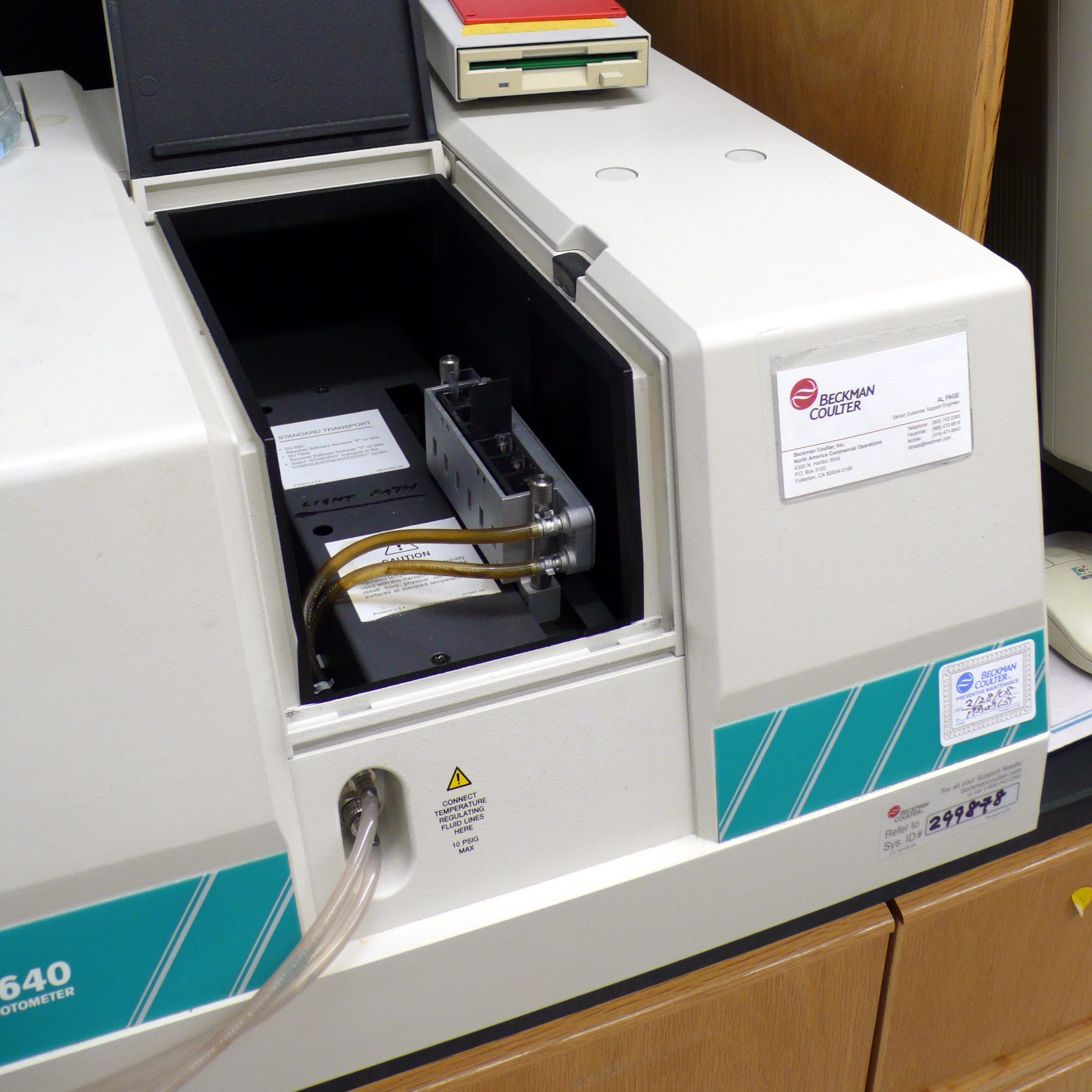When it comes to test and measurement equipment, the terms “spectrometer” and “spectrophotometer” are often used interchangeably, but they each serve distinct purposes and are employed in various applications. To better understand their differences and applications, let’s take a look at the differences between these instruments, and how they contribute to different fields of science and technology.
Spectrometers: Measuring the Spectrum
A spectrometer is a versatile instrument designed to measure the spectral components of a physical phenomenon, be it light, sound, or any other form of radiation. Spectrometers play an essential role in multiple scientific and industrial applications, including in these key fields:

Astronomy: Astronomers rely on spectrometers to study the composition and properties of celestial objects such as stars, planets, and galaxies. Spectroscopy is a powerful tool for understanding the universe.
Analytical Chemistry: Spectrometers are indispensable in analytical chemistry. They can identify and quantify the different chemicals present in a sample. By analyzing the spectrum of light emitted or absorbed by a substance, scientists can gain insights into its composition.
Physics: In the realm of physics, spectrometers are used to study the properties of materials. This includes examining their electronic structure, optical properties, and how they interact with various forms of radiation.
Environmental Science: Spectrometers are valuable for monitoring air and water quality and detecting pollutants. By analyzing the spectra of various substances, environmental scientists can assess the health of ecosystems and the impact of human activities.
Medicine: In the medical field, spectrometers are used for diagnostic purposes and monitoring treatment effects. They can help identify biomarkers of diseases and track changes in patients’ health over time.
Optical Spectrometers measure light spectra, enabling the identification of elements, and the exploration of electronic structures in materials. Mass Spectrometers determine ion mass-to-charge ratios, aiding in molecule identification and the study of molecular structures. Nuclear Magnetic Resonance (NMR) Spectrometers ascertain nuclear resonant frequencies, offering insights into molecular functional groups and spatial configurations. Compact spectrometers, such as the CCS175 or the CCS175-M from Thorlabs, are perfectly suited for general laboratory use.

Spectrophotometers: A Subset of Spectrometers
Now, let’s clarify the relationship between spectrometers and spectrophotometers. A spectrometer is a broad term encompassing any instrument that measures the spectrum of a physical phenomenon. On the other hand, a spectrophotometer is a specific type of spectrometer that measures the intensity of light as a function of its wavelength.
In simpler terms, all spectrophotometers are spectrometers, but not all spectrometers are spectrophotometers. Spectrophotometers are used across a wide range of applications, including:
UV-Vis Spectrophotometers: These instruments measure the absorption of light in the ultraviolet and visible wavelength ranges. They are commonly employed to identify and quantify organic and inorganic compounds.
Infrared Spectrophotometers: Infrared spectrophotometers measure light absorption in the infrared range. They are vital for identifying organic compounds and studying molecular structures.
Atomic Absorption Spectrophotometers: This category of spectrophotometers measures light absorption by atoms and is commonly used to identify and quantify various metal ions.
Spectrometers and spectrophotometers are both indispensable tools in the world of science and technology. Spectrometers serve a broader purpose, measuring the spectral components of various phenomena, while spectrophotometers focus on the intensity of light. Understanding the distinctions between these instruments is crucial for choosing the right tool for a specific application, whether it’s in the lab, the field, or the cosmos.